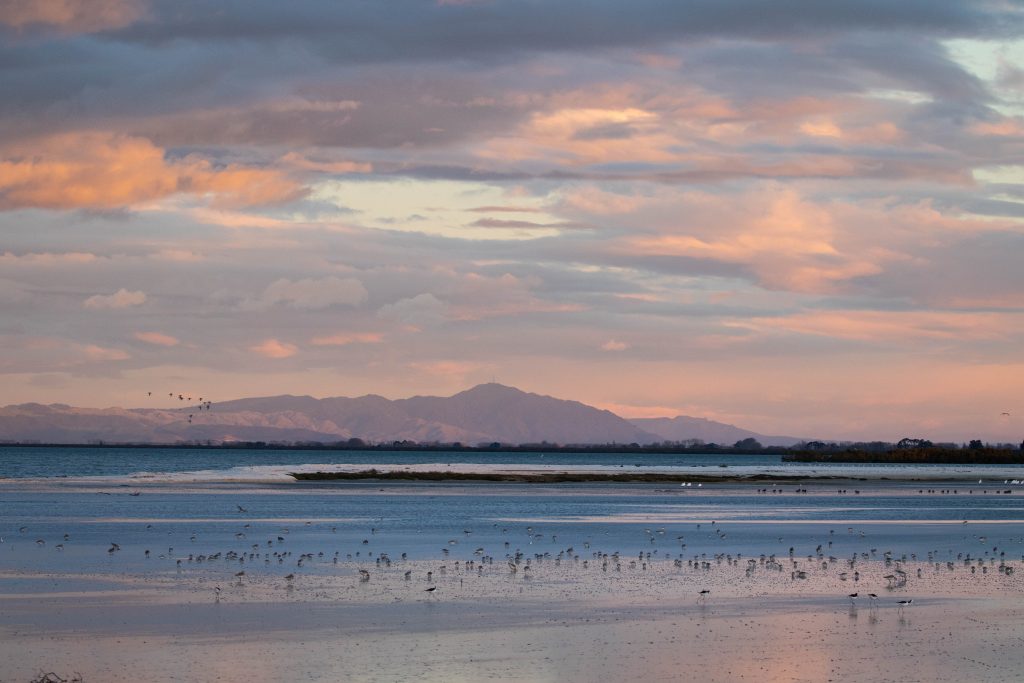
Thousands of shorebirds can be seen on the shellbanks and tidal flats at Pūkorokoro.
Some species, such as the Godwit, migrate annually between New Zealand and the Arctic.
Other birds, like the Wrybill and South Island Pied Oystercatcher migrate within New Zealand.
Still others, including Pied Stilts, NZ Dotterel and Variable Oystercatchers, are resident in the area and breed here.
Arctic Migrants
At Pūkorokoro: September – March
Each autumn birds fly across the world from New Zealand to the tundra of Eastern Siberia and Alaska. There they breed, raise their chicks, and then return to our shores. These birds are known as Arctic migrants.
Kuaka / Bar-Tailed Godwit – 4000+ each year
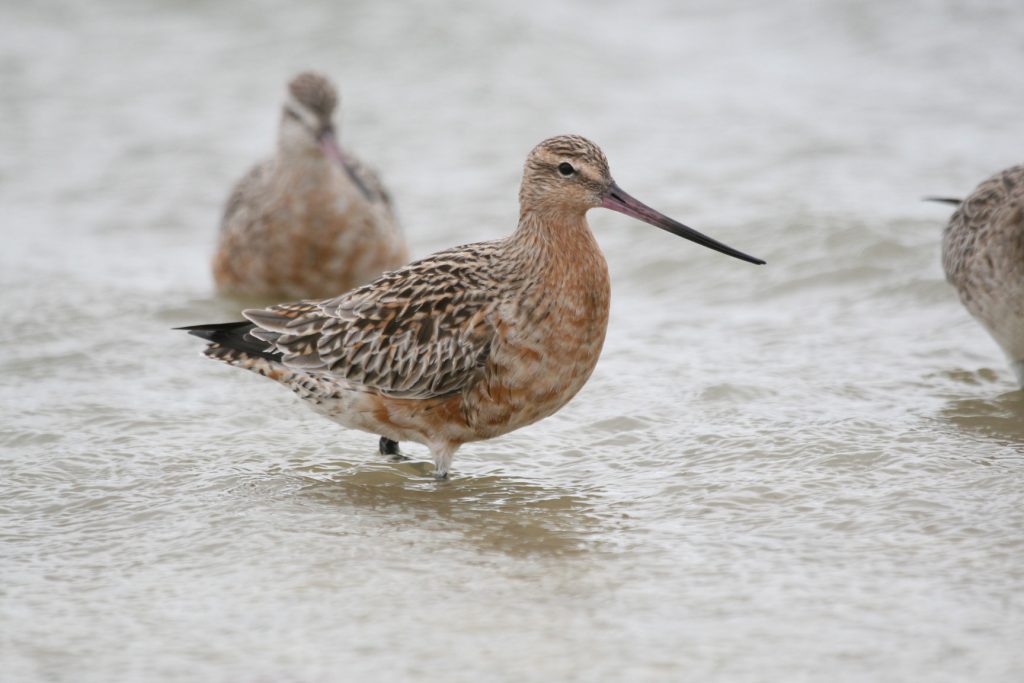
Godwit Spotting Tip: Look for a large flock of mid-sized, brownish birds with long, two-tone bills.
Birder Tidbit: Check out the Global Flyway Network to see the migration routes of the godwits we are tracking.
Find out more about Godwits
Huahou / Red Knot – 1000+ each year
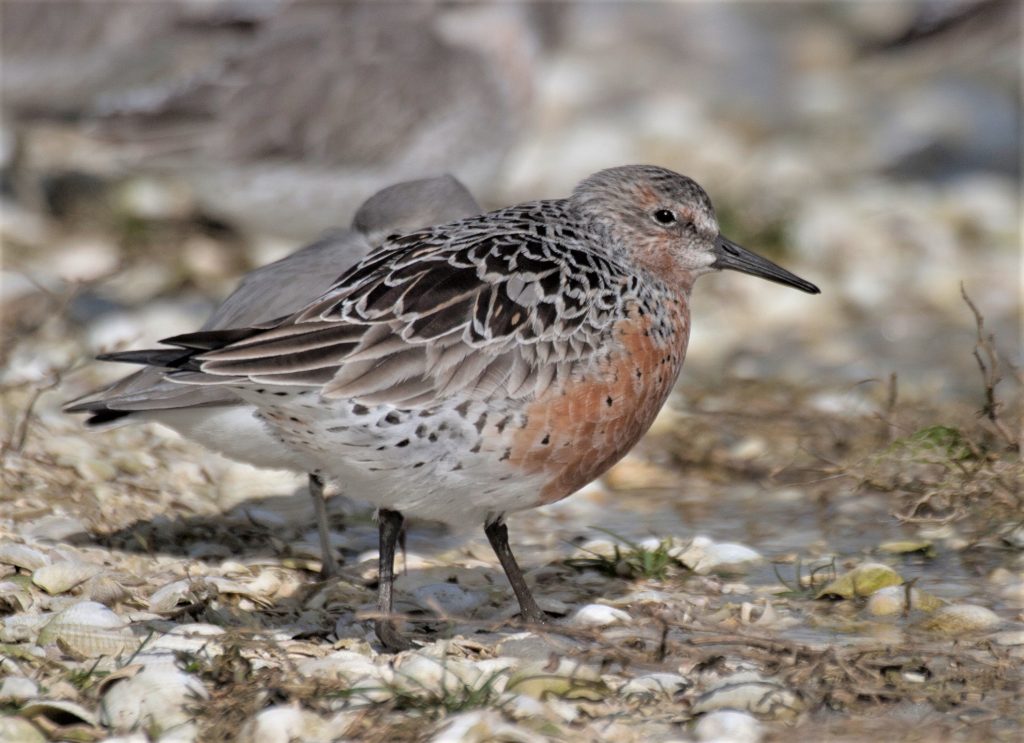
Red Knot Spotting Tip: Look amongst the godwits for a bird of a similar colour but much smaller in size and with a shorter bill.
Red Knot Fun Fact: Red Knots can swallow small shellfish whole – they have a powerful gizzard in their stomach which grinds up the shells.
Find out more about Red Knots
Ruddy Turnstone – small numbers each year
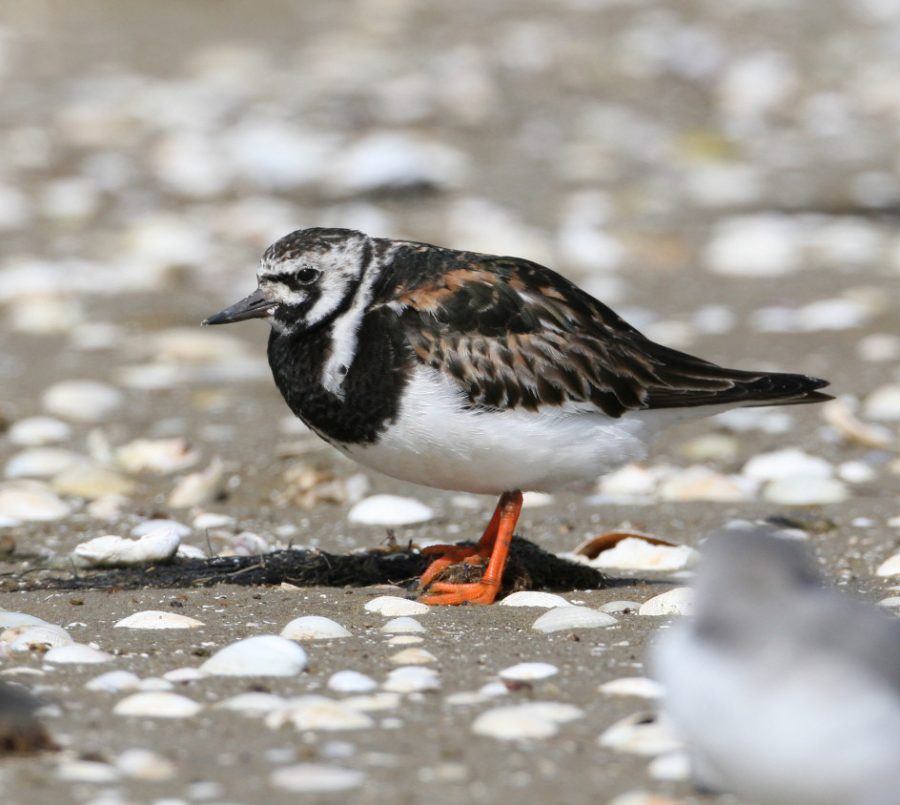
Ruddy Turnstone Spotting Tip: Look for a few squat birds with black-brown colouring, darker than other birds.
Find out more about Ruddy Turnstone
Kuriri / Pacific Golden Plover – small numbers each year
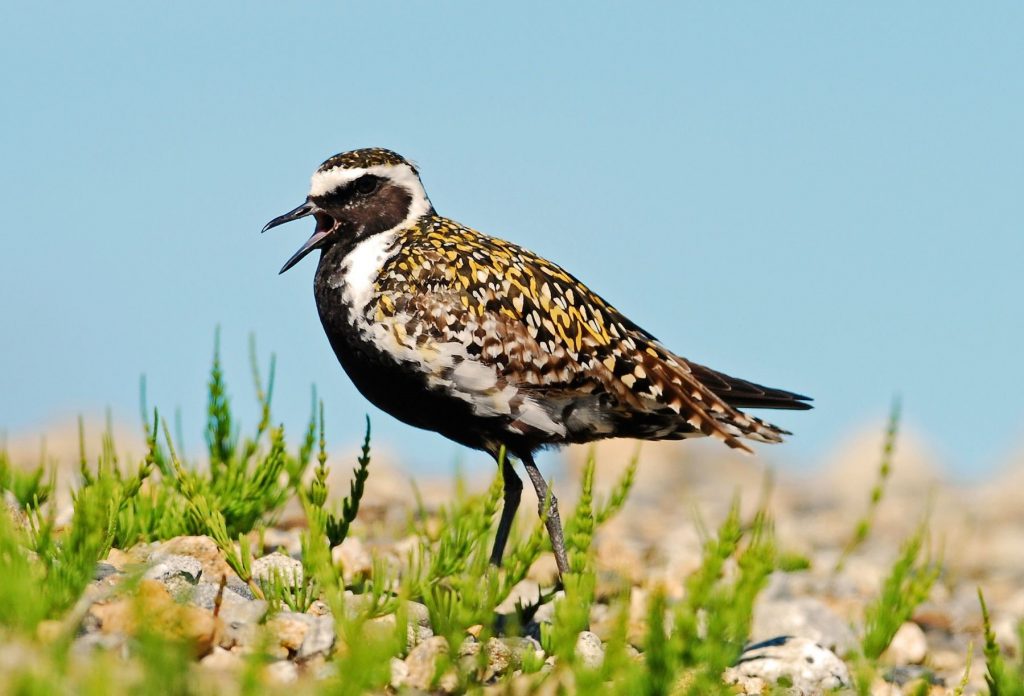
Kuriri Spotting Tip: These birds like to roost well away from other birds, so look carefully along otherwise unused areas of the shellbank and ponds.
Birder Tidbit: Our Kuriri numbers have been decreasing so we’ve initiated a project to find out why. Read about our tracking project here.
Find out more about Pacific Golden Plover
Eastern Curlew – one or two most years
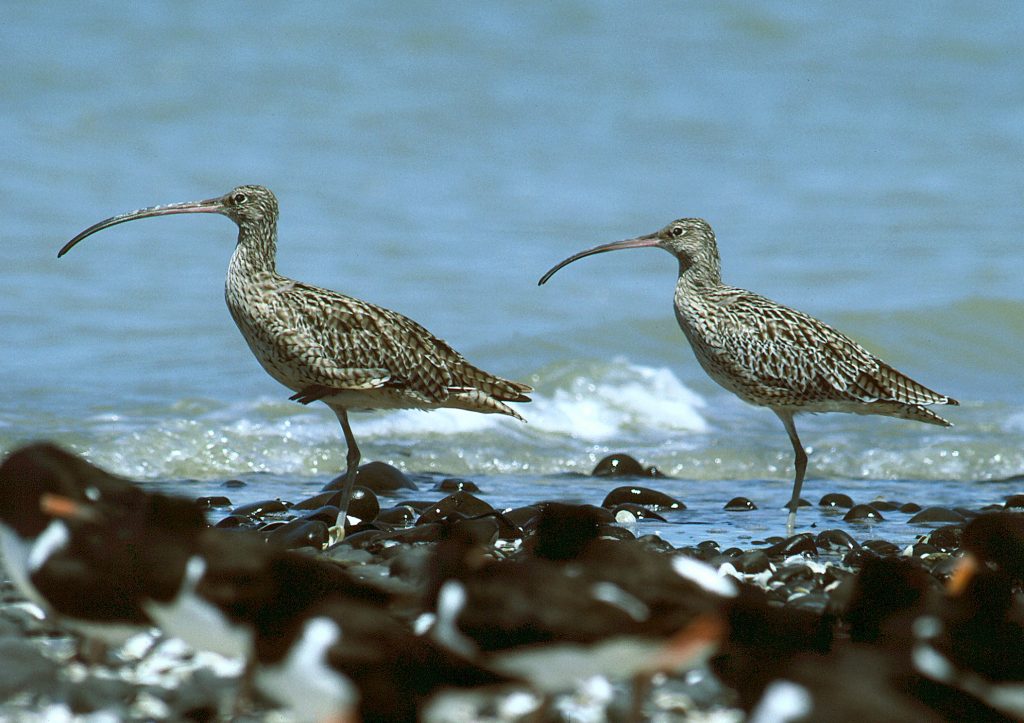
Eastern Curlew Spotting Tip: That huge curved beak is the Eastern Curlew’s most distinguishing feature.
Birder Tidbit: Read our article On Vagrants
Find out more about Eastern Curlew
Also present in smaller numbers:
Sometimes seen:
- Lesser Sand Plover
- Greater Sand Plover
- Broad-billed Sandpiper
- Terek Sandpiper
- Semi-palmated Plover
- Red-necked Phalarope
- Ruff
New Zealand Migrants
At Pūkorokoro: January – June
Pūkorokoro plays an important role in bird migration systems within New Zealand. Birds that breed in the South Island head north early in the new year to feed at Pūkorokoro.
Ngutu parore / Wrybill – 2000+ each year
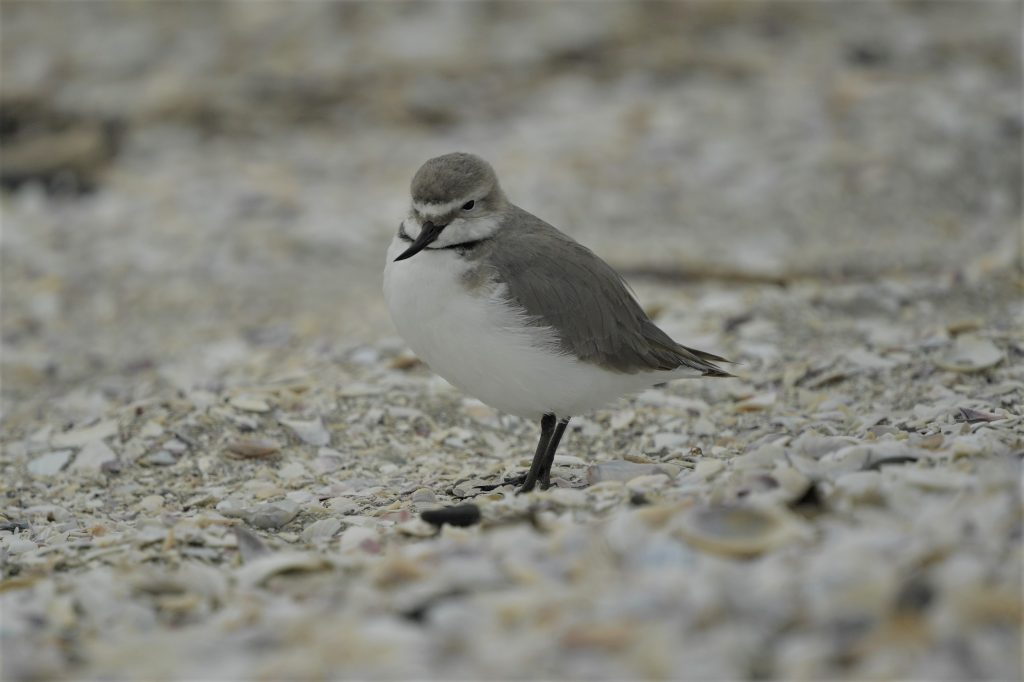
Wrybill Spotting Tip: Look for a small bird that has a black ‘necklace’ and flicks its head as it feeds.
Wrybill Fun Fact: Wrybill are endemic to New Zealand and are the only bird in the world with a bill that curves to the side.
Find out more about Wrybill
Torea / South Island Pied Oystercatcher (SIPO) – 2,000+ each year
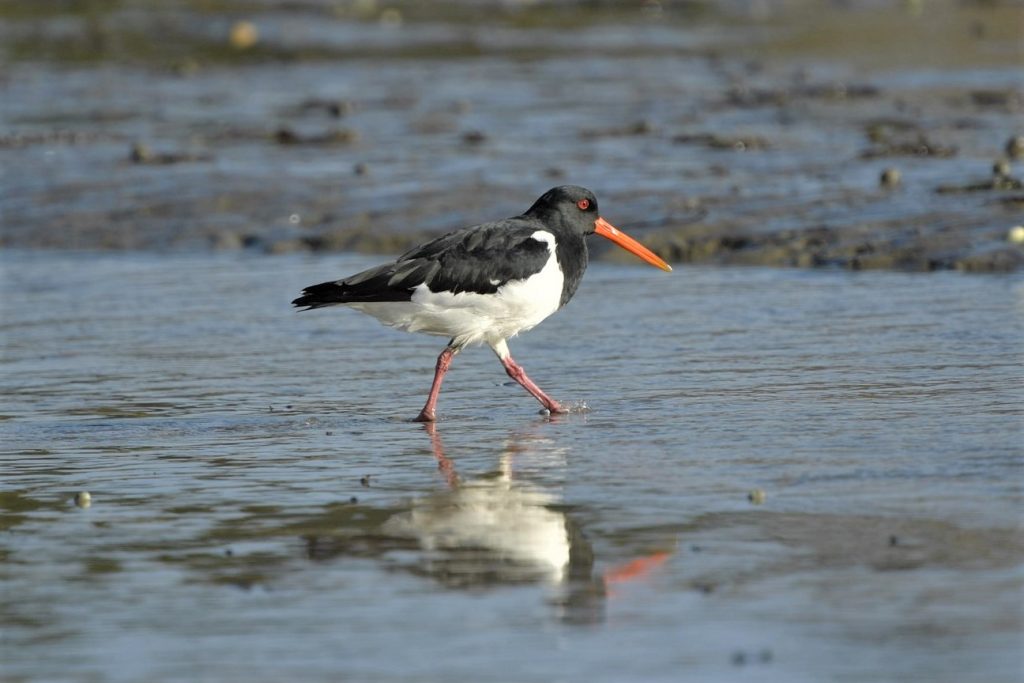
SIPO Spotting Tip: Look for a white and black bird with orange bill, eyes and legs. While its cousin the Variable Oystercatcher can have some white feathers, the SIPO is positively IDed by the tab of white on its shoulder.
Find out more about SIPO
Tuturiwhatu / Banded Dotterel – 100s each year
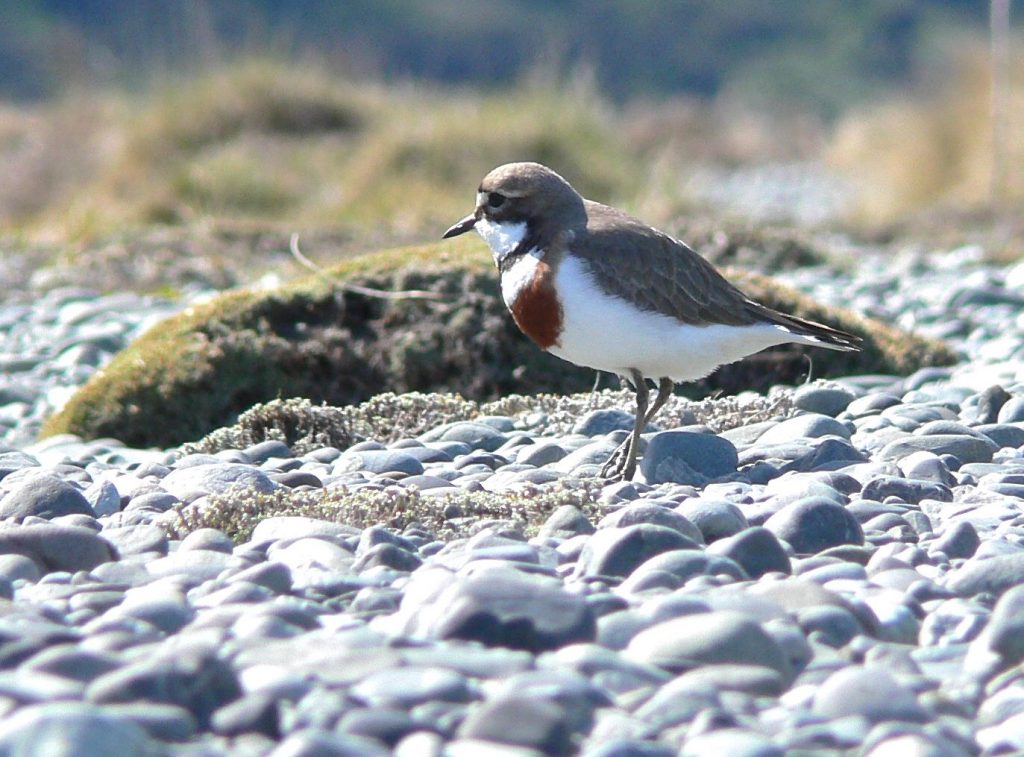
Banded Dotterel Spotting Tip: Colouring can vary but a brown chest patch and black neck band on a small bird are distinguishing features.
Find out more about Banded Dotterel
Occasionally seen:
Shore Plover as birds translocated to Motutapu in the Hauraki Gulf have wandered to Pūkorokoro.
Pūkorokoro Residents
At Pūkorokoro: Different birds may be seen here all year round
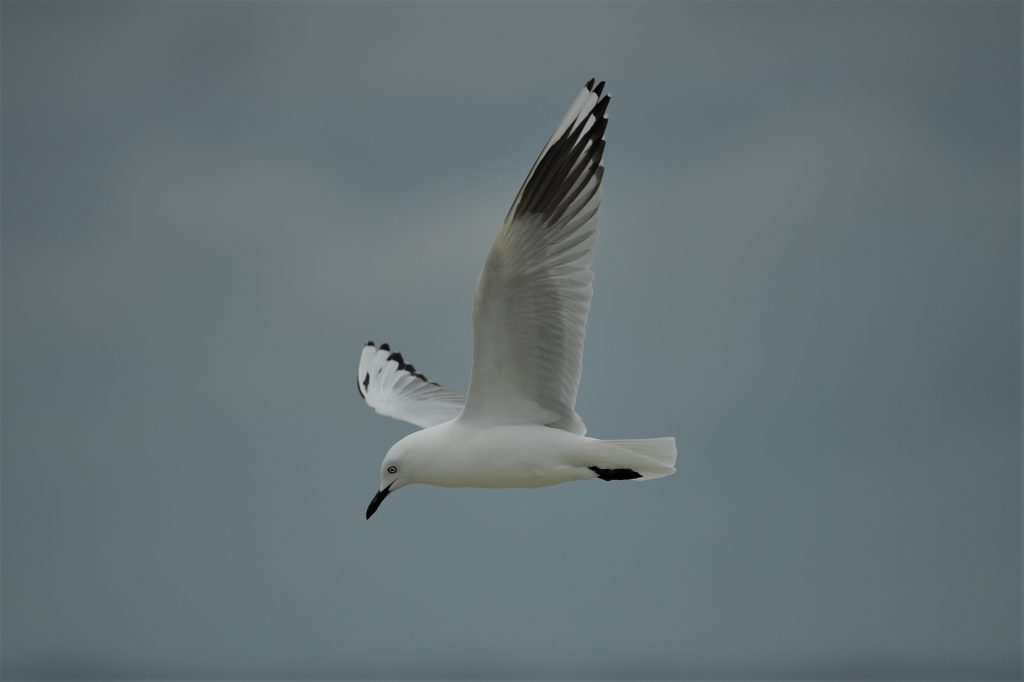
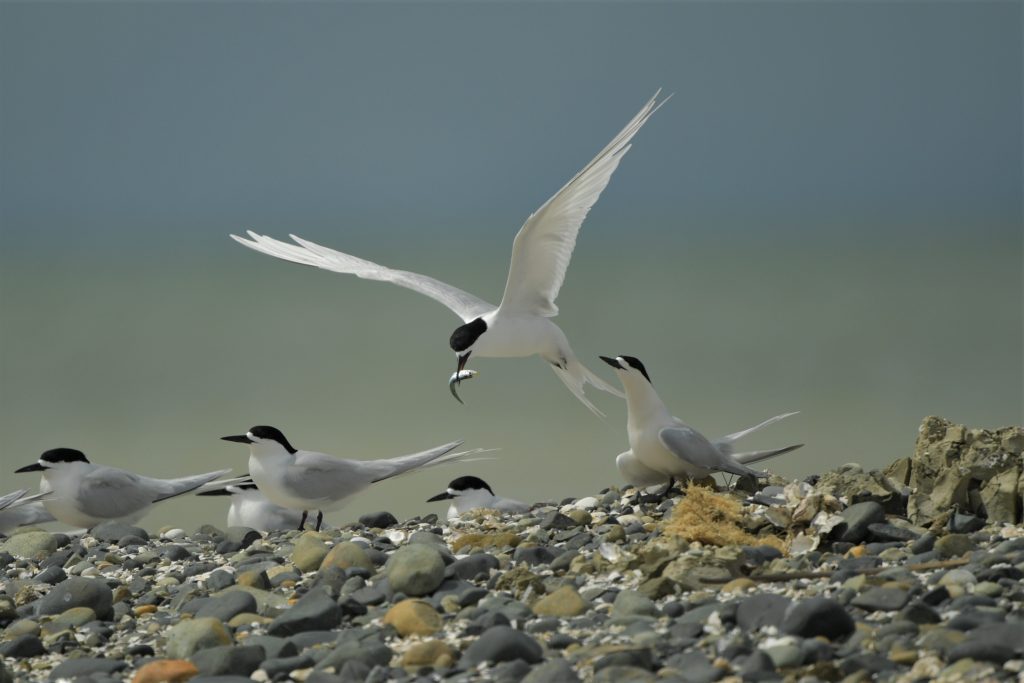
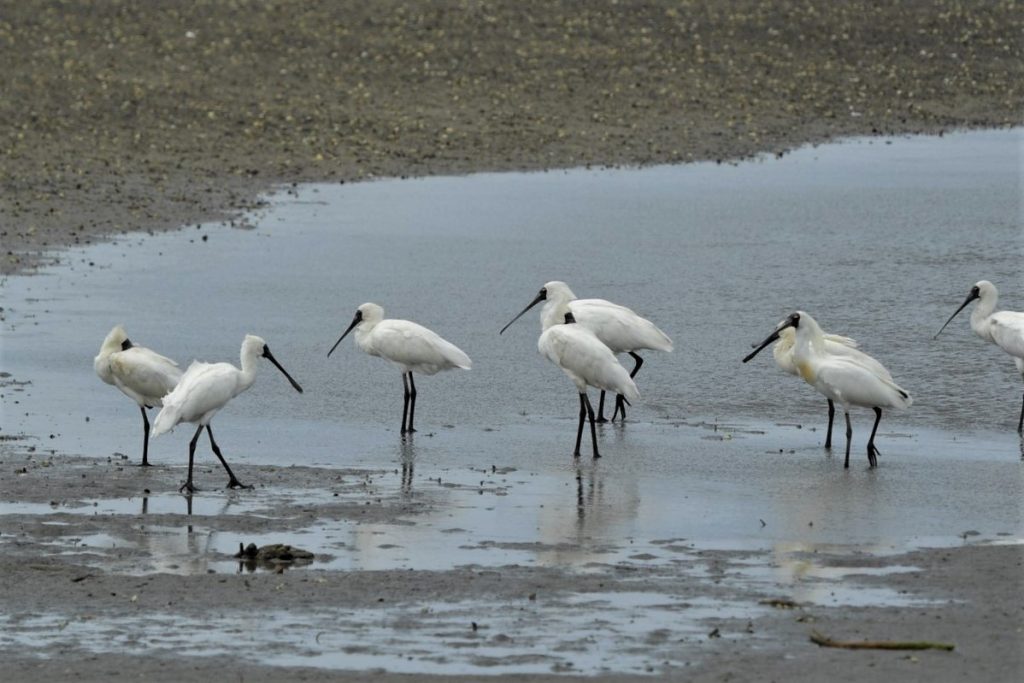
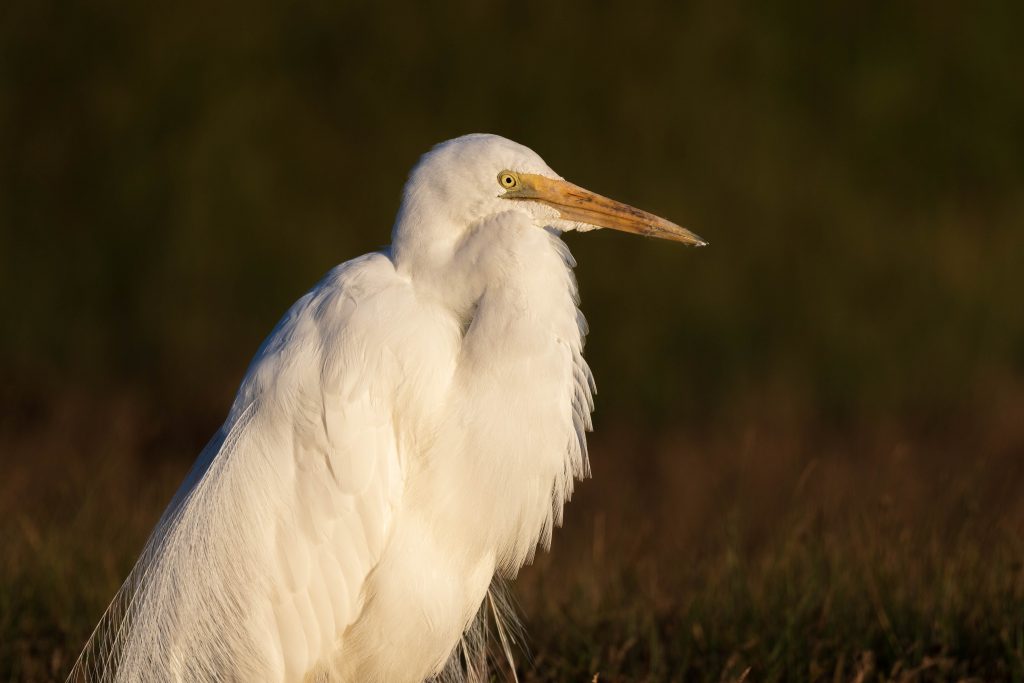
At least three endemic species breed at Miranda: the Tuturiwhatu – New Zealand Dotterel, Toreapango – Variable Oystercatcher and Tarāpuka – Black -Billed Gull.
Other breeding species: Poaka – Pied Stilt, Spur-winged Plover, White-faced Heron, Banded Rail , Karoro – Black-backed Gull, Tara – White-fronted Tern and Pukeko.
Other species regularly seen: Tētē – Grey Teal , Kuruwhengi – New Zealand Shoveler, Kotare – Sacred Kingfisher , five species of Cormorant, Kōtuku – White Heron, Cattle Egret, Kōtuku Ngutupapa – Royal Spoonbill and occasionally Mātuku – Bittern.
